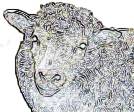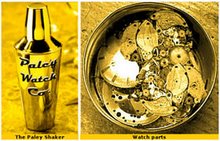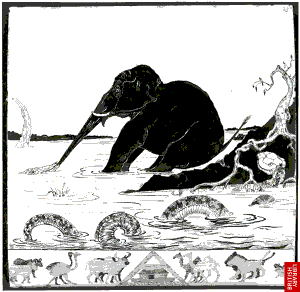According to Gábor Horváth and his team in their recent publication in the Journal of Experimental Biology, the zebra stripe hide pattern is the least attractive to voracious horsefiles.
According to Horváth, these insects are attracted to horizontally polarized light because reflections from water are horizontally polarized and aquatic insects use this phenomenon to identify stretches of water where they can mate and lay eggs. Blood-sucking female tabanids are also guided to victims by linearly polarized light reflected from their hides.
The team measured the stripe widths and polarization patterns of light reflected from real zebra hides and they found that the zebra's pattern correlated well with the patterns that were least attractive to horseflies.
Horváth concluded that zebras evolveded a coat pattern in which the stripes are narrow enough to ensure minimum attractiveness to tabanid flies : "The selection pressure for striped coat patterns as a response to blood-sucking dipteran parasites is probably high in this Africa."
Story Teller: Scientist Gábor Horváth and team from Hungary and Sweden
Source: How the Zebra got its stripes
Bird Flight Automaton
2 years ago








.jpg)























No comments:
Post a Comment